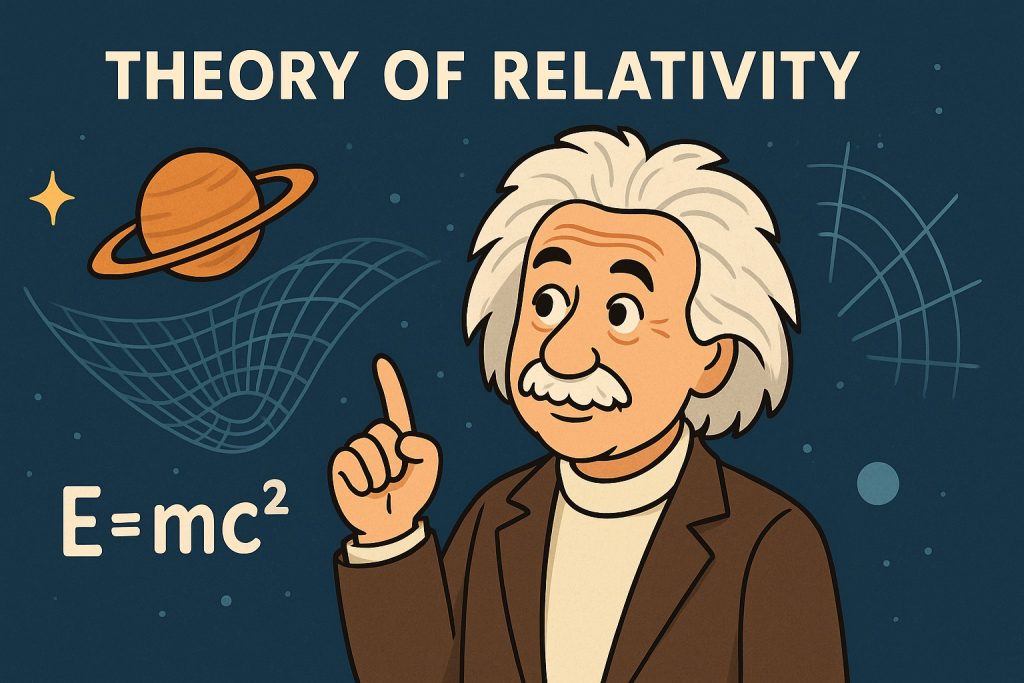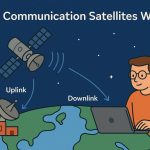Albert Einstein’s theory of relativity revolutionized how we understand the universe. It introduced radical ideas about time, space, motion, and gravity that continue to shape modern physics and technology today. There are two main parts to this theory: special relativity and general relativity.
Special Relativity: The Physics of Fast Motion
Published in 1905, special relativity focuses on what happens when objects move at or near the speed of light. It challenged traditional beliefs by stating:
- Time is not absolute – Time passes differently depending on how fast you’re moving. A clock on a fast-moving spaceship ticks slower than one on Earth.
- Space and time are connected – Together they form a single structure called spacetime.
- The speed of light is constant – No matter how fast you’re moving, light always travels at the same speed.
- Mass and energy are linked – Expressed by the famous formula E = mc², meaning energy equals mass times the speed of light squared.
This part of Einstein’s theory is essential for technologies like GPS, where even tiny differences in time between satellites and Earth matter.
General Relativity: Gravity as Curved Space
In 1915, Einstein expanded his theory with general relativity, which explains gravity not as a force, but as a curvature of spacetime.
- Massive objects like Earth or the Sun bend spacetime around them.
- This curvature causes smaller objects to move along curved paths—what we perceive as gravity.
- The more massive the object, the more it warps space and time.
This theory has been confirmed through many experiments, including the bending of starlight during an eclipse and the recent detection of gravitational waves.
Key Consequences of Relativity
Einstein’s theory introduced strange but real effects:
- Time dilation – A moving clock runs slower than a stationary one.
- Length contraction – Objects moving near light speed appear shorter in their direction of motion.
- Gravitational time dilation – Time moves slower near strong gravitational fields (like near a black hole).
- Black holes – Extreme gravity warps space and time so strongly that nothing, not even light, can escape.
- Wormholes – Hypothetical “tunnels” through spacetime allowed by relativity theory.
These concepts inspire both science and science fiction.
Why It Matters Today
Relativity may seem abstract, but it influences daily life:
- Global Positioning Systems (GPS) must adjust for relativistic time differences between satellites and Earth.
- Particle accelerators like the Large Hadron Collider rely on relativistic calculations.
- Astrophysics and cosmology use relativity to understand stars, galaxies, and the expanding universe.
It also laid the foundation for modern theories of the cosmos and the search for a unified theory.
Glossary
- Spacetime – A four-dimensional framework combining space and time
- E = mc² – A formula expressing the relationship between energy and mass
- Time dilation – A difference in time perception caused by motion or gravity
- Gravitational waves – Ripples in spacetime caused by massive cosmic events
- Black hole – A region of space with gravity so strong that not even light can escape


